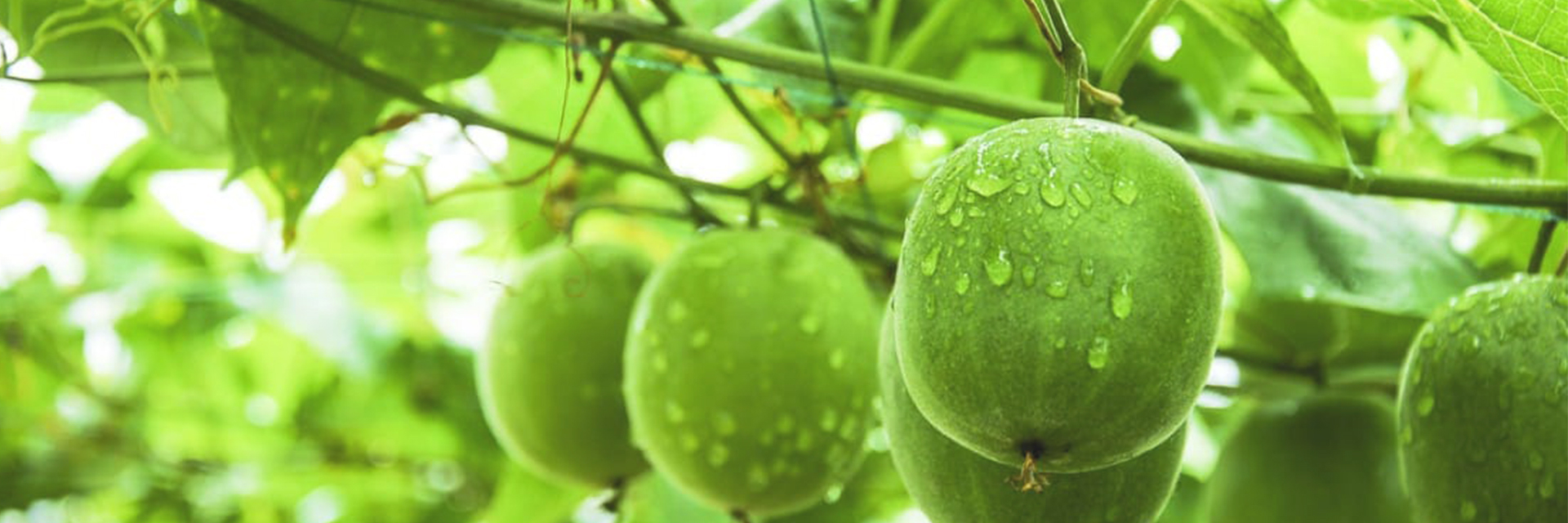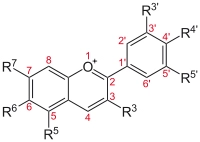
Product Name: H2-Anthooxi Cranberry Extract
Active Ingredient:Anthocyanidins
Structural formula:

Active Ingredient:Proanthocyanidins(PAC)
CAS No.:4852-22-6
Structural formula:

In North America, Native Americans were the first to use cranberries as food. Native Americans used cranberries in a variety of foods, especially for pemmican, wound medicine and dye.
Raw cranberries have moderate levels of vitamin C, dietary fiber and the essential dietary mineral, manganese, as well as a balanced profile of other essential micronutrients
Raw cranberries are a source of polyphenol antioxidants, phytochemicals under active research for possible benefits to the cardiovascular system and immune system, and as anti-cancer agents,such as in isolated prostate cancer cells.
One study compared cranberries with twenty other fruits, showing that cranberries had a high amount of total polyphenols. Cranberry tannins have laboratory evidence for anti-clotting properties and may prevent recurring urinary tract infections in women, Although the evidence in favor of cranberries' efficacy in treating UTIs is far from conclusive.Raw cranberries and cranberry juice are abundant food sources of flavonoids such as proanthocyanidins, flavonols and quercetin.These compounds have shown possible activity as anti-cancer agents in vitro.
Proanthocyanidin (PA or PAC), also known as procyanidin, oligomeric proanthocyanidin (OPC), leukocyanidin, leucoanthocyanin and condensed tannins, is a class of flavanols. Proanthocyanidins are essentially polymer chains of flavonoids such as catechins.[1] One was discovered in 1948 by Jacques Masquelier and called Vitamin P, although this name did not gain official category status and has since fallen out of usage. It was Masquelier who first developed techniques for the extraction of proanthocyanidins from certain plant species.
Proanthocyanidins have been sold as nutritional and therapeutic supplements in Europe since the 1980s. In contrast, the introduction of proanthocyanidins to the United States market has been relatively recent
(1) 1-25% Anthocyanidins UV(Chinese Standard,European Standard)
(2) 1-36% Anthocyanidins HPLC
(3) 1%-40% Proanthocyanidins
(4) 5:1,10:1,20:1,25:1,30:1
(5) Concentrated Juice Brix 65,Brix 50
| Items | Specification |
| Anthocyanidins | ≥25% By UV |
| Appearance | Fine dark purple powder |
| Oder | Characteristic |
| Taste | Characteristic |
| Particle size | NLT 95% pass 80 mesh |
| Loss on drying | ≤5% |
| Heavy metals | <10ppm |
| Irradiation | Irradiation Free |
| GMO | GMO Free |
| As | <1ppm |
| Pb | <3ppm |
| Total Plate Count | <10000cfu/g |
| Yeast & Mold | <300cfu/g |
| E.Coli | Negative |
| Salmonella | Negative |
| Physical Standard | CP2010 |
| Chemical&Microorganism Standard | USP34 |